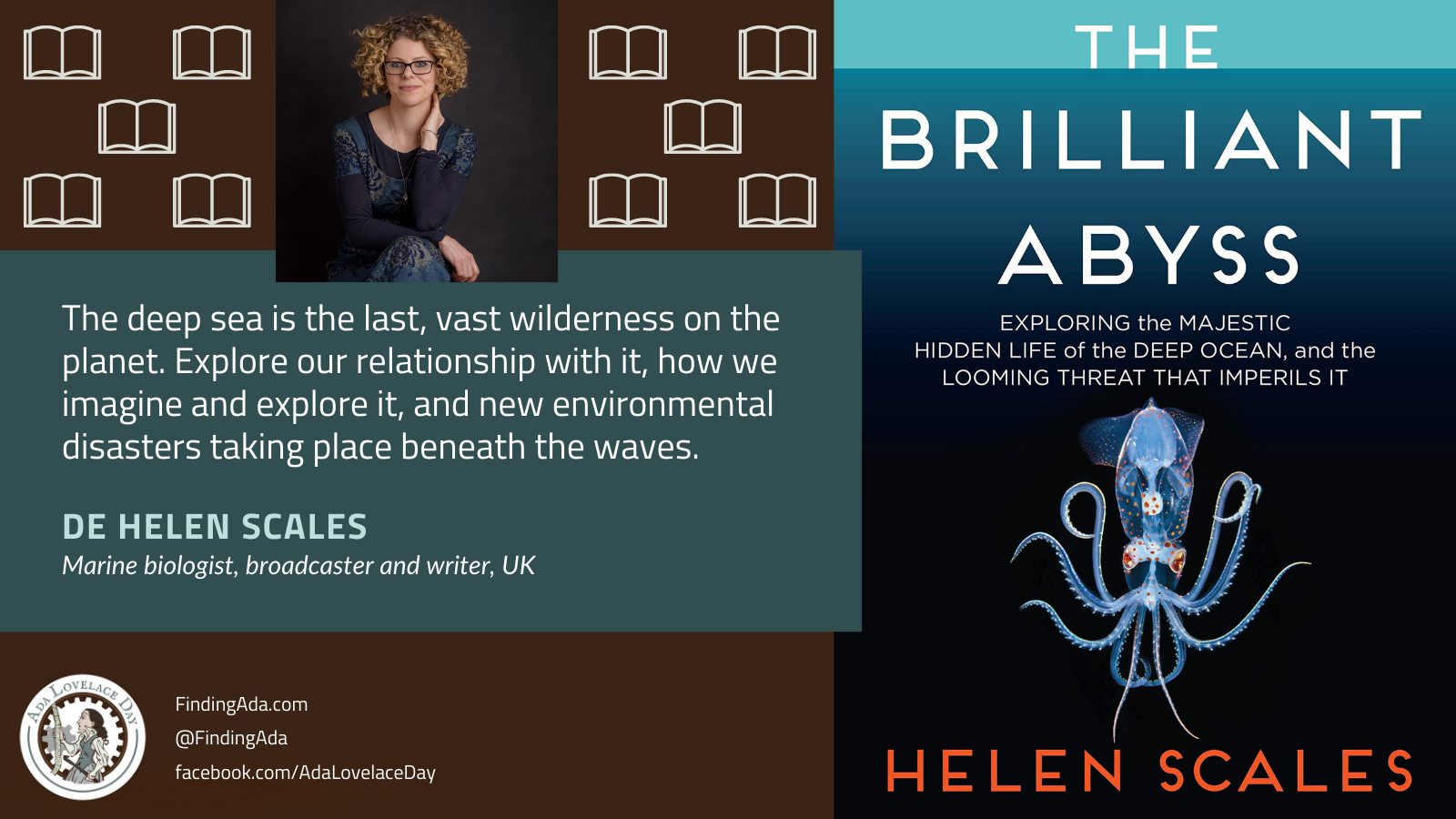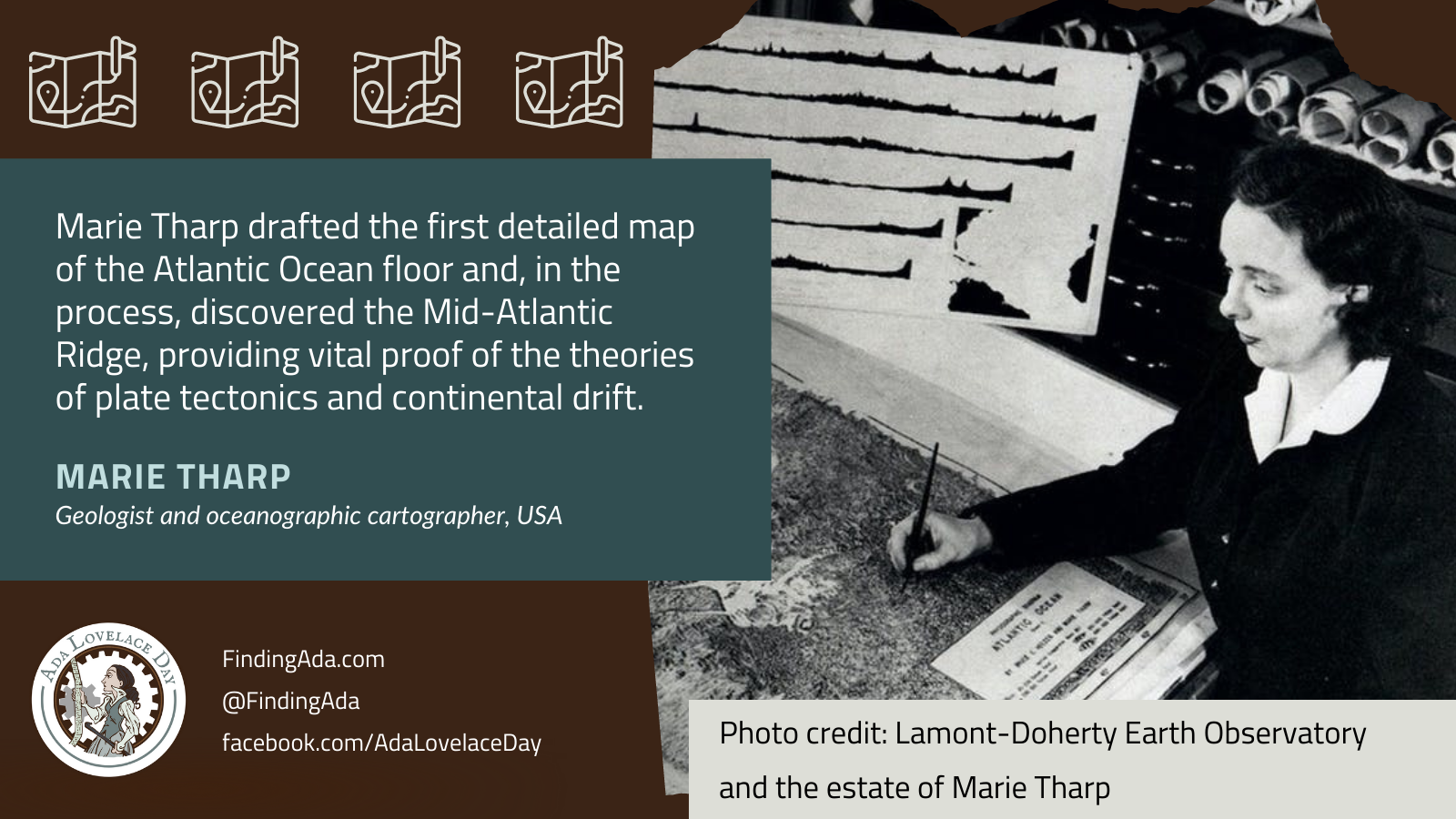Could Jurassic Park happen? – Dr Suzi Maidment, 2018
Dr Susannah Maidment looks at the science behind Jurassic Park, and explores where fiction diverges from reality.
Dr Susannah Maidment is a dinosaur researcher and the curator of dinosaurs at the Natural History Museum in London. Her research focuses on the relationships of the bird-hipped dinosaurs, how dinosaurs walked and moved, and dinosaur diversity in the Upper Jurassic, 150 million years ago. Prior to working at the Natural History Museum, she was Senior Lecturer in Geology at the University of Brighton, a Research Fellow at Imperial College London, and also spent two years living overseas and working as an Exploration Geologist in the oil industry. She has a PhD in vertebrate palaeontology from the University of Cambridge, and a degree in Geology from Imperial College London.
You can follow her work here:
Website: https://www.nhm.ac.uk/our-science/departments-and-staff/staff-directory/susannah-maidment.html
Twitter: https://twitter.com/Tweetisaurus
LinkedIn: https://uk.linkedin.com/in/susannah-maidment-406158146
Recorded at the IET and sponsored by Digital Science, you can watch the rest of the Ada Lovelace Day Live 2018 playlist here.



